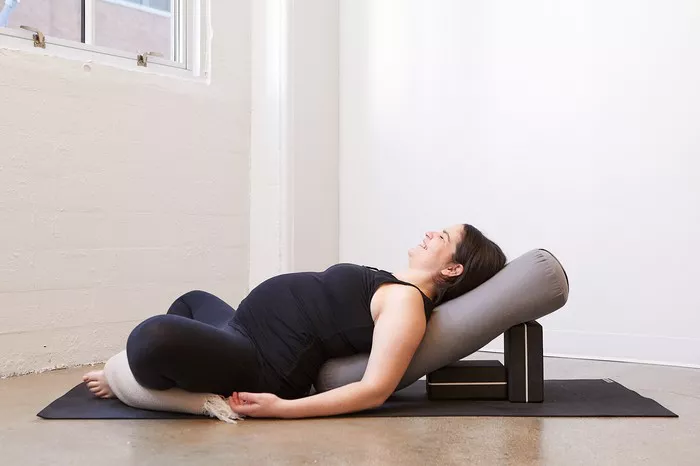Prenatal yoga is a specialized form of yoga tailored to the needs of pregnant women. It typically incorporates gentle yoga poses, modified to accommodate the changing needs and limitations of pregnancy, along with breathing exercises and meditation techniques. The primary goals of prenatal yoga include promoting physical strength, flexibility, relaxation, and stress relief, all of which can be particularly beneficial during pregnancy.
Consultation with Healthcare Providers:
One of the most critical factors in determining when to start prenatal yoga is consultation with healthcare providers. Before beginning any exercise program during pregnancy, it’s essential for expectant mothers to seek guidance from their obstetrician or midwife. These healthcare professionals can offer personalized recommendations based on individual health status, pregnancy progression, and any specific considerations or complications.
Healthcare providers may advise on the timing of prenatal yoga initiation based on various factors, including:
1. Overall Health Status: The general health and fitness level of the expectant mother play a crucial role in determining when to start prenatal yoga. Women with existing medical conditions or pregnancy complications may require modifications or restrictions in their exercise routines.
2. Pregnancy Progression: The stage of pregnancy is another important consideration. While prenatal yoga can be beneficial throughout pregnancy, certain poses and practices may need to be adapted or avoided as pregnancy progresses. Healthcare providers can offer guidance on safe modifications tailored to each trimester.
3. Risk Assessment: Healthcare providers can assess any potential risks associated with prenatal yoga based on individual circumstances. Factors such as high blood pressure, placenta previa, preterm labor, or a history of miscarriage may influence recommendations regarding the timing and intensity of prenatal yoga practice.
4. Previous Exercise Experience: Expectant mothers with prior experience in yoga or other forms of exercise may have different starting points compared to those who are new to physical activity. Healthcare providers can take into account existing fitness levels and provide recommendations accordingly.
Guidelines for Starting Prenatal Yoga:
While recommendations may vary depending on individual circumstances, there are some general guidelines for starting prenatal yoga:
1. First Trimester: Many healthcare providers consider the first trimester to be a suitable time to start prenatal yoga for women with uncomplicated pregnancies and no specific restrictions on physical activity. However, it’s essential to listen to your body and avoid overexertion, especially during the early stages of pregnancy when fatigue and nausea may be prevalent.
2. Second Trimester: The second trimester is often regarded as an optimal time to begin prenatal yoga for many expectant mothers. By this stage, nausea and fatigue may subside for some women, making it easier to engage in physical activity. Additionally, the risk of miscarriage is lower in the second trimester, providing a safer window for exercise.
3. Third Trimester: In the third trimester, as the pregnancy progresses, certain modifications may be necessary to accommodate the growing belly and changes in balance and mobility. Prenatal yoga poses may need to be adapted to ensure comfort and safety. Many women find that prenatal yoga during the third trimester helps alleviate common discomforts such as back pain, swelling, and stress.
4. Ongoing Monitoring: Throughout pregnancy, it’s essential for expectant mothers to stay in communication with their healthcare providers regarding their exercise routines, including prenatal yoga. Regular check-ups and discussions with obstetricians or midwives can help ensure that exercise recommendations remain appropriate as pregnancy advances.
Conclusion
The optimal time to start prenatal yoga can vary depending on individual factors such as overall health, pregnancy progression, and previous exercise experience. While many women may begin prenatal yoga in the first trimester, others may prefer to wait until the second trimester or later, particularly if they experience pregnancy-related symptoms or complications. Consulting with healthcare providers is essential for personalized recommendations tailored to each expectant mother’s needs and circumstances. By following guidelines and staying attuned to their bodies, expectant mothers can safely enjoy the benefits of prenatal yoga throughout pregnancy.















